
Not a microphone you see very often!
Although it was manufactured for quite a few years, the D900 never achieved quite the same level of popularity as its condenser cousins. I must confess that before purchasing this one I had never actually seen one in the flesh before. I bought it entirely out of curiosity, and was keen to find out what it has to offer. On first impressions, I did wonder if it had a dual capsule arrangement rather like the D200 series microphones (see below). However, although the lower part of the D900 looks somewhat similar to the D202, it does not have a twin capsule arrangement and the bodywork is made of brass not plastic. According to the AKG tech spec, the D900 ‘has a pressure gradient transducer in a front and side ported housing having a long acoustic-interference tube fitted over its front opening’.
AKG D202 and AKG D900.
According to the name label this particular microphone started life as a D900C. The ‘C’ indicates that it would originally have had a Klein Tuchel (DIN) connector. At some time this has been replaced with a more modern XLR, which is usually found on the D900E. This change of connector makes no difference at all to the performance of the microphone.
Here is the Technical information for the AKG D900

SO WHAT ARE THE POSSIBLE BENEFITS/ADVANTAGES OF A
DYNAMIC SHOTGUN MICROPHONE?
- Significantly cheaper than a top-of-the-range condenser shotgun.
- Doesn’t require phantom power.
- More robust and less prone to handling noise than most condensers.
- Less sensitive to extremes of temperature and humidity. (-25c to +70c and up to 90% humidity!)
- Somewhat less sensitive to wind noise.
Conclusion
Although the frequency plot of the D900 trails off around 12 kHz at the top and at 60Hz in the bass, within that range it appears to have a pleasingly smooth response. It also boasts excellent off-axis rejection of unwanted sounds. Although primarily designed to capture dialogue at a distance, I think that it undoubtedly has a wide range of other uses.
P.S.
A couple of days ago I took the D900 for a walk up the road to the woods surrounding the local playing fields. On the way we encountered a delightful blackbird, and once in the woods a whole host of birds greeted us. I recorded from a distance, and even though the birds were well hidden in the bushes and woods behind, their songs came through loud and clear, filled with interesting detail. There was also a light breeze rustling the leaves and some noises from the nearby road.


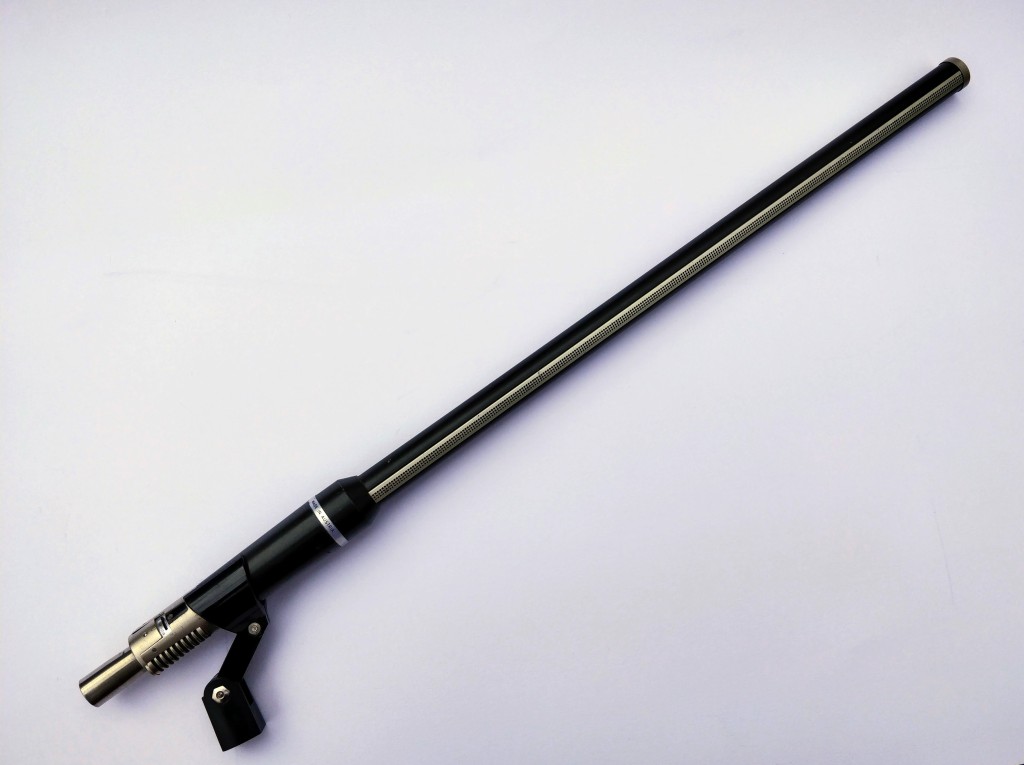

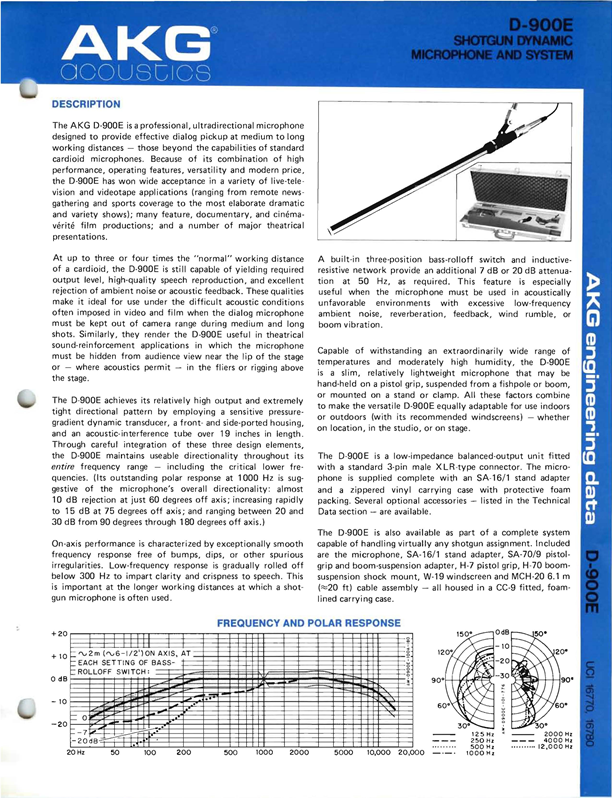

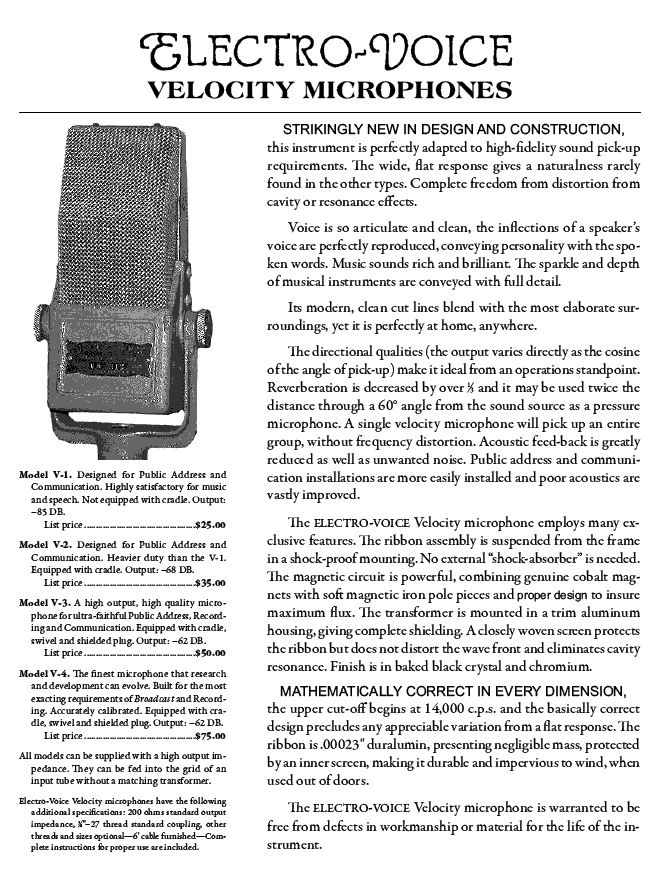
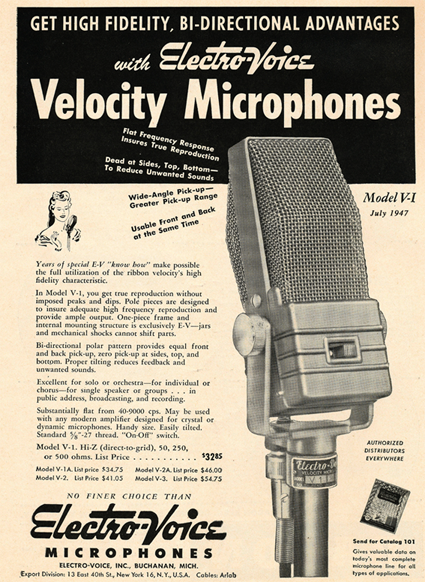
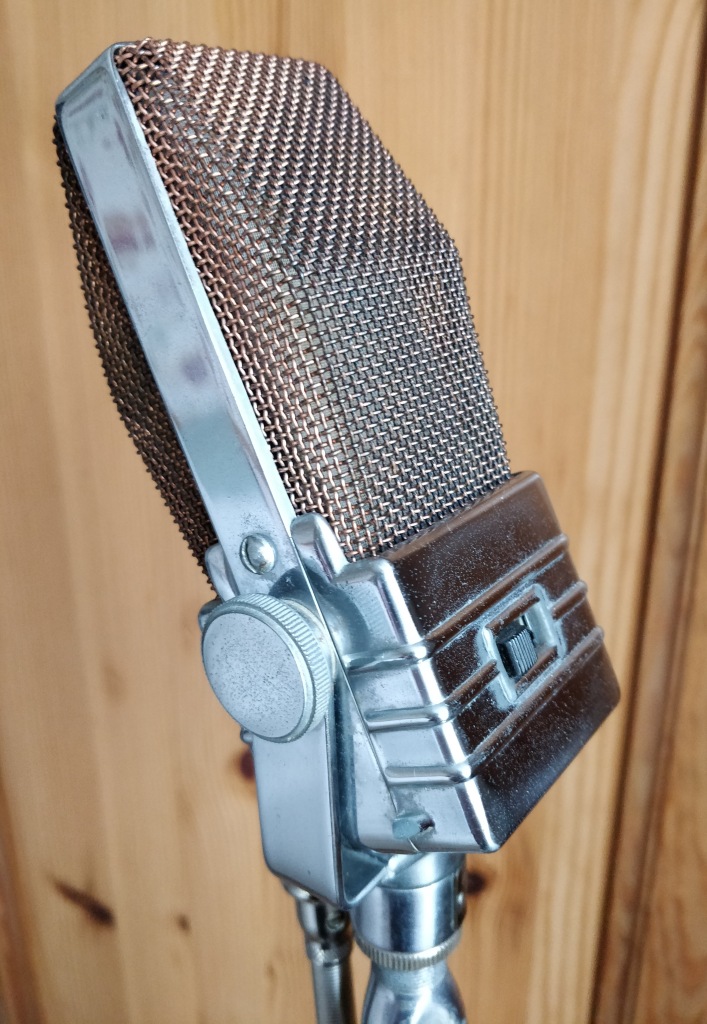
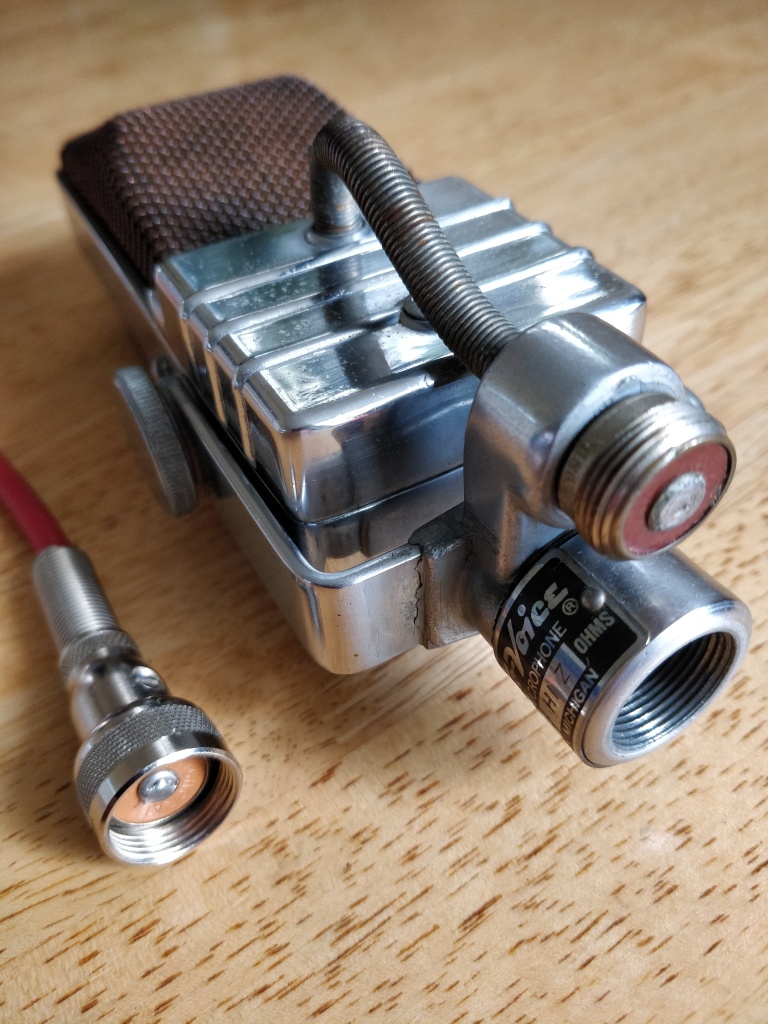
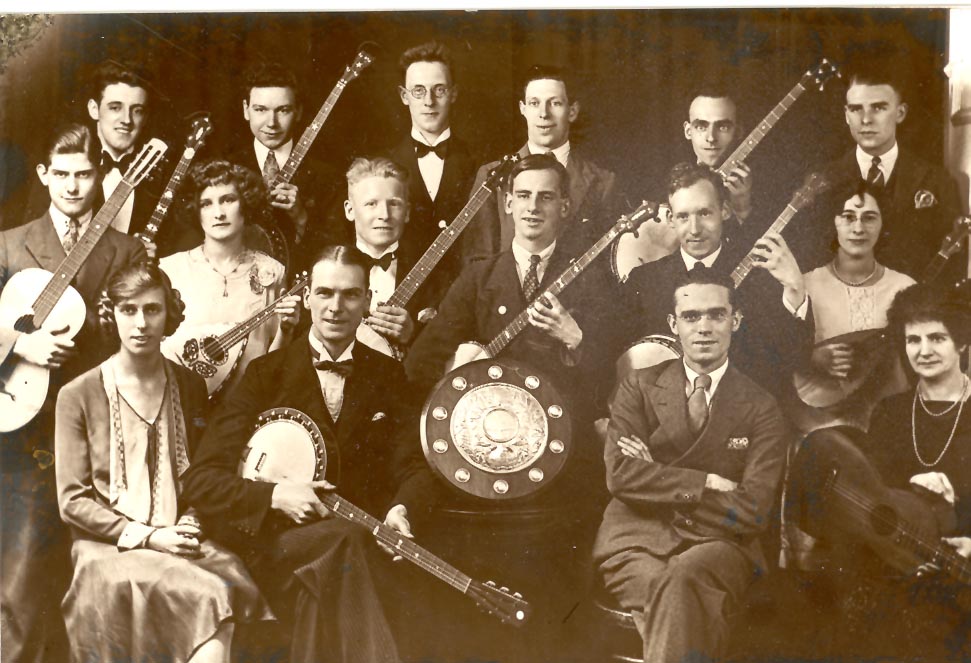
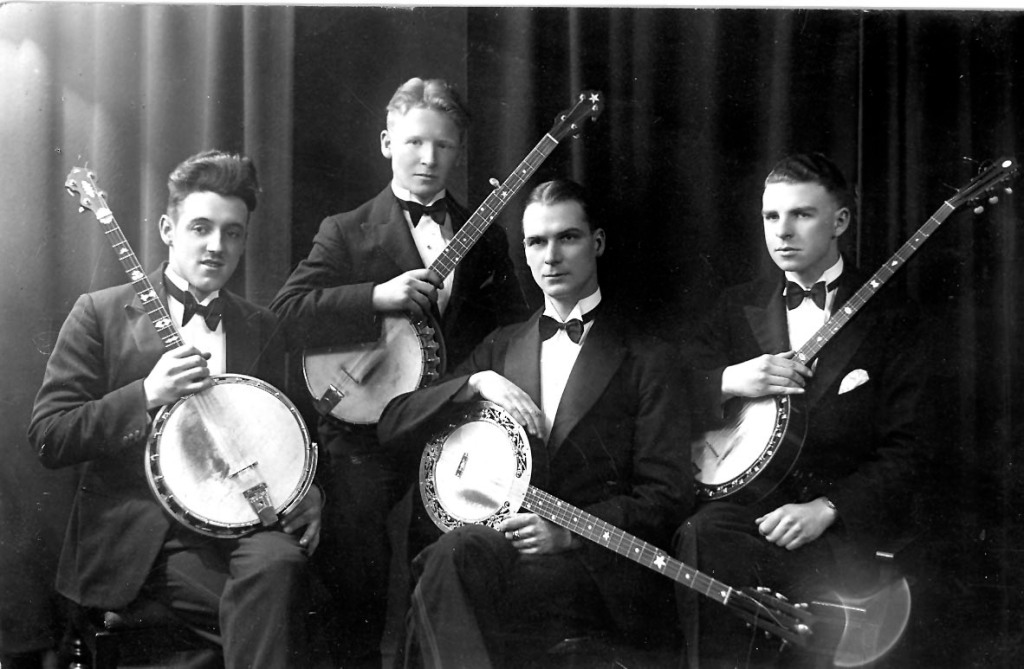
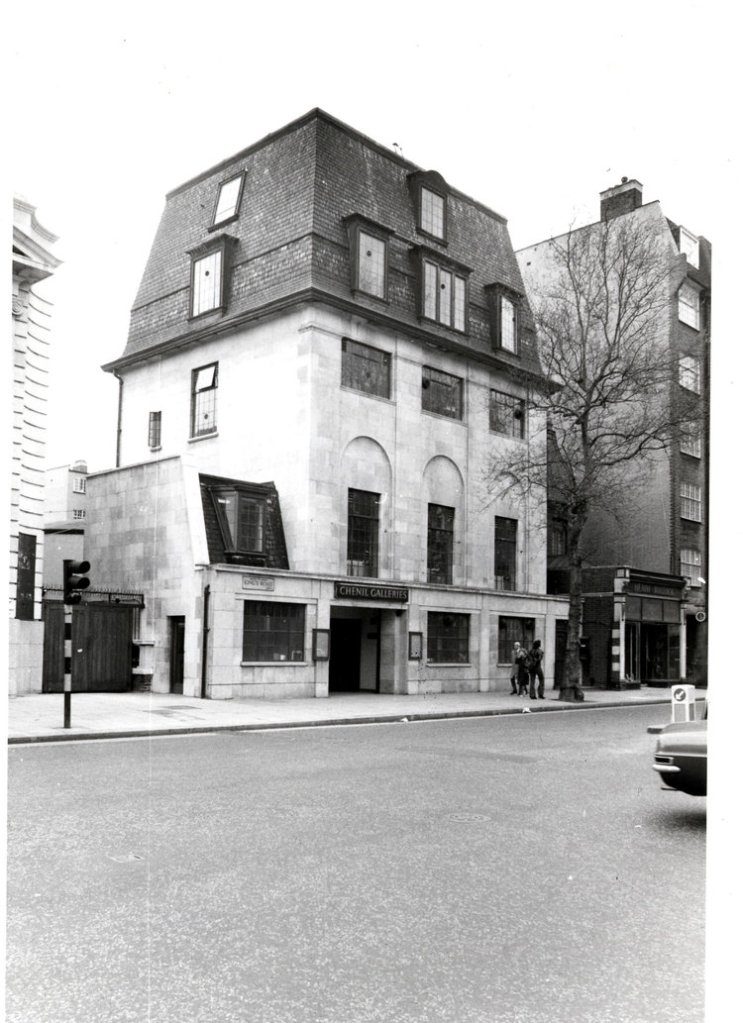
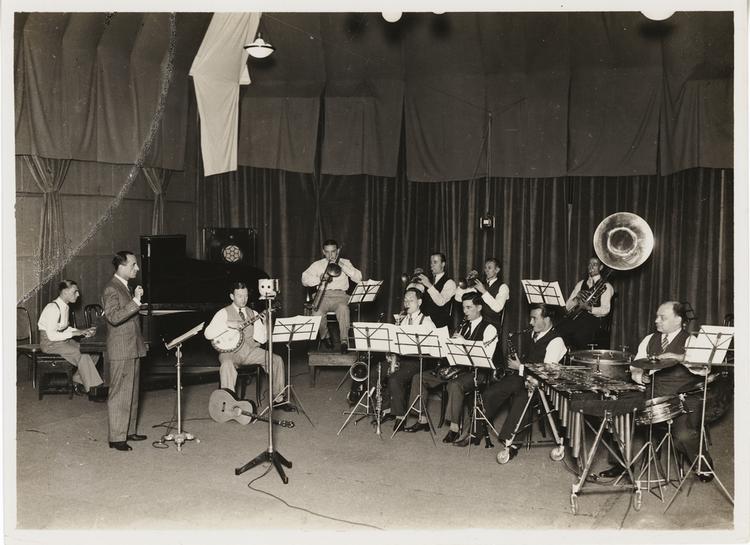
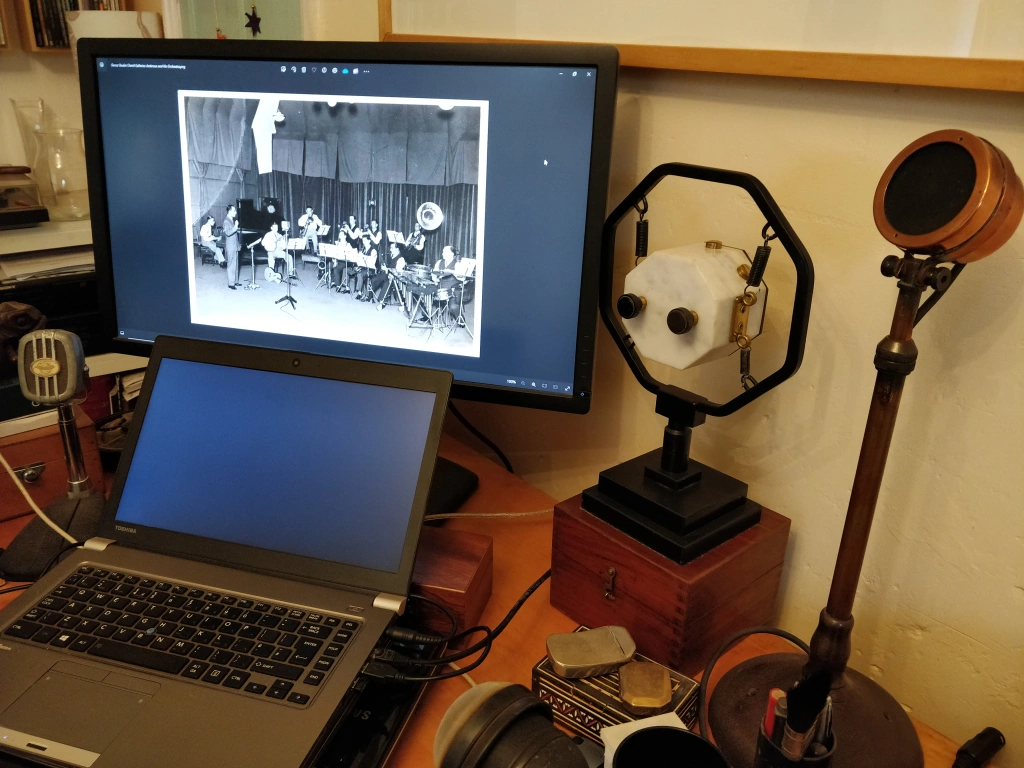
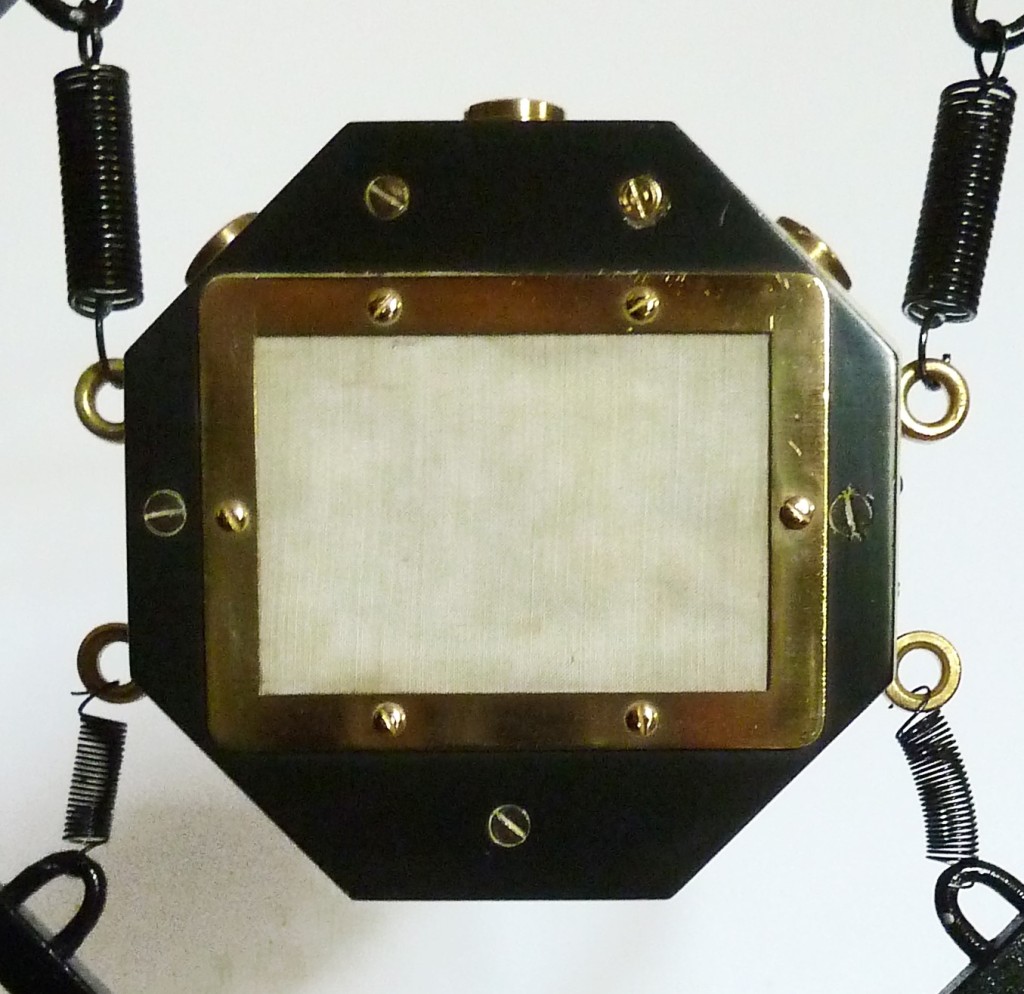
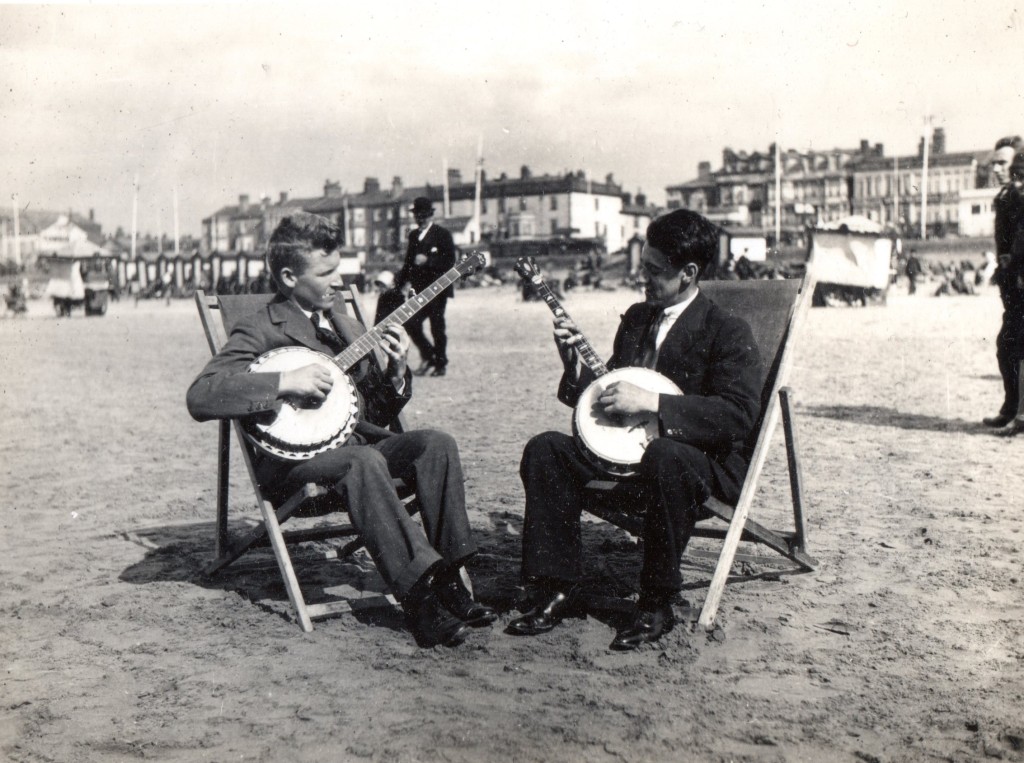

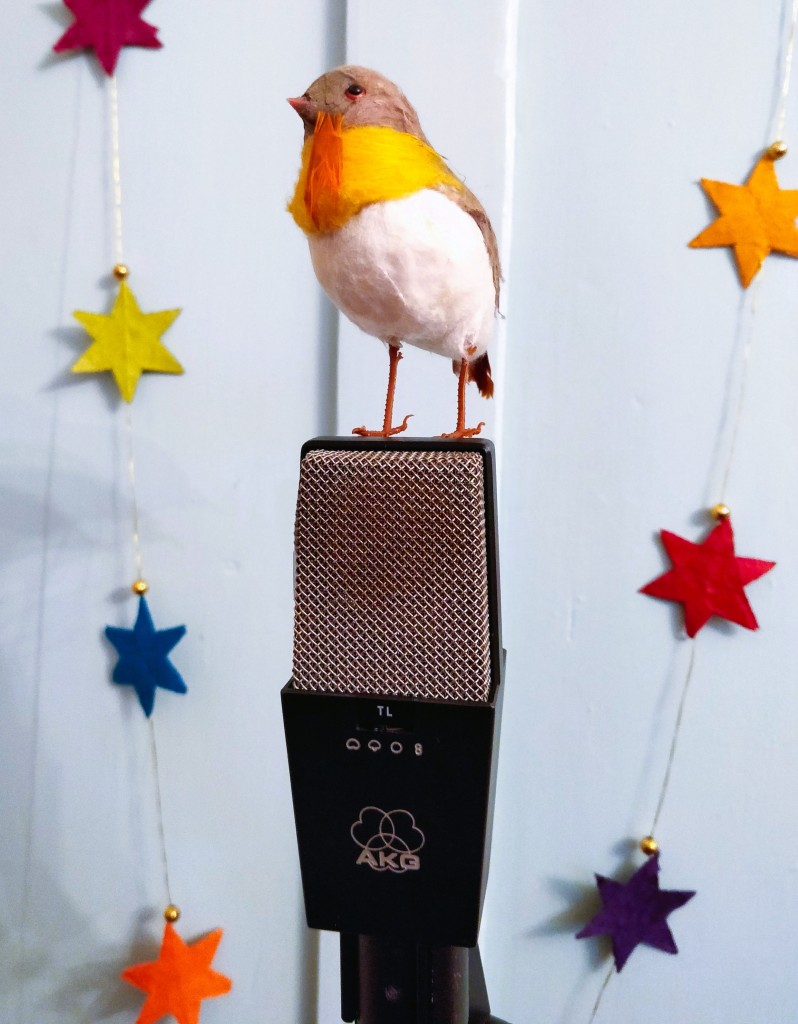

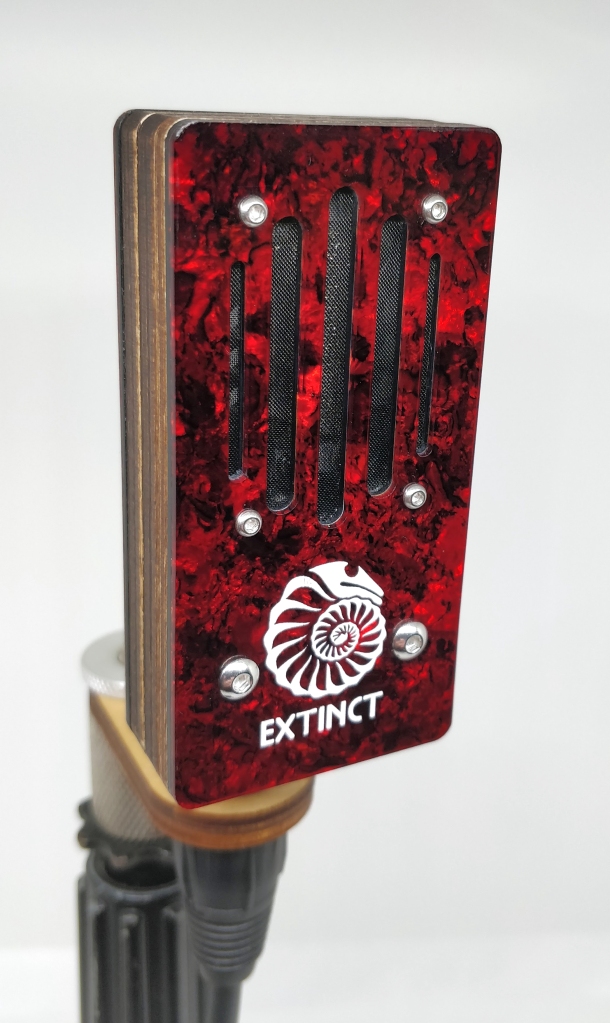

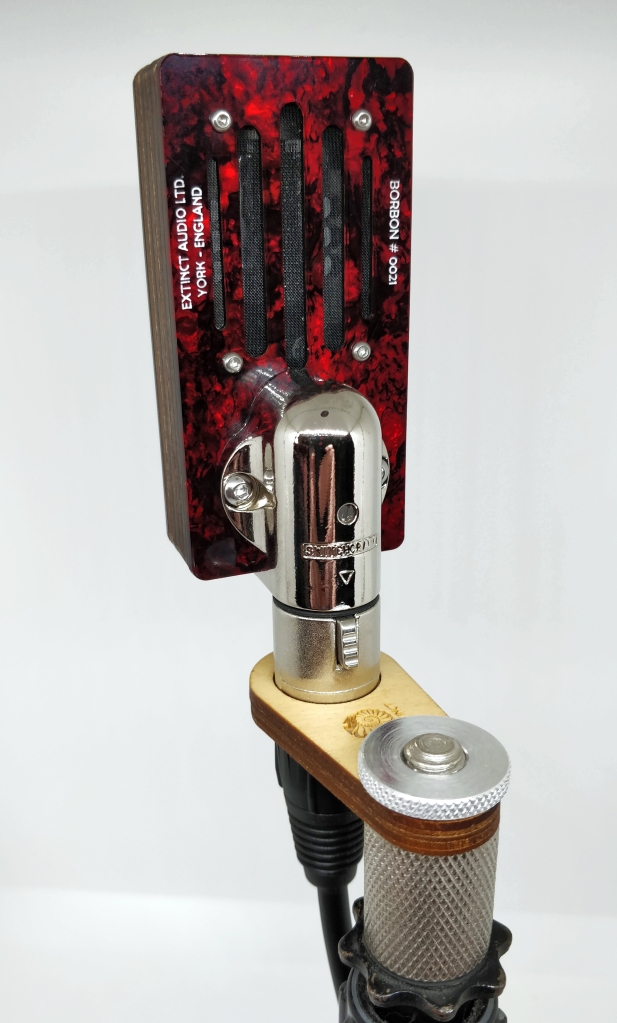
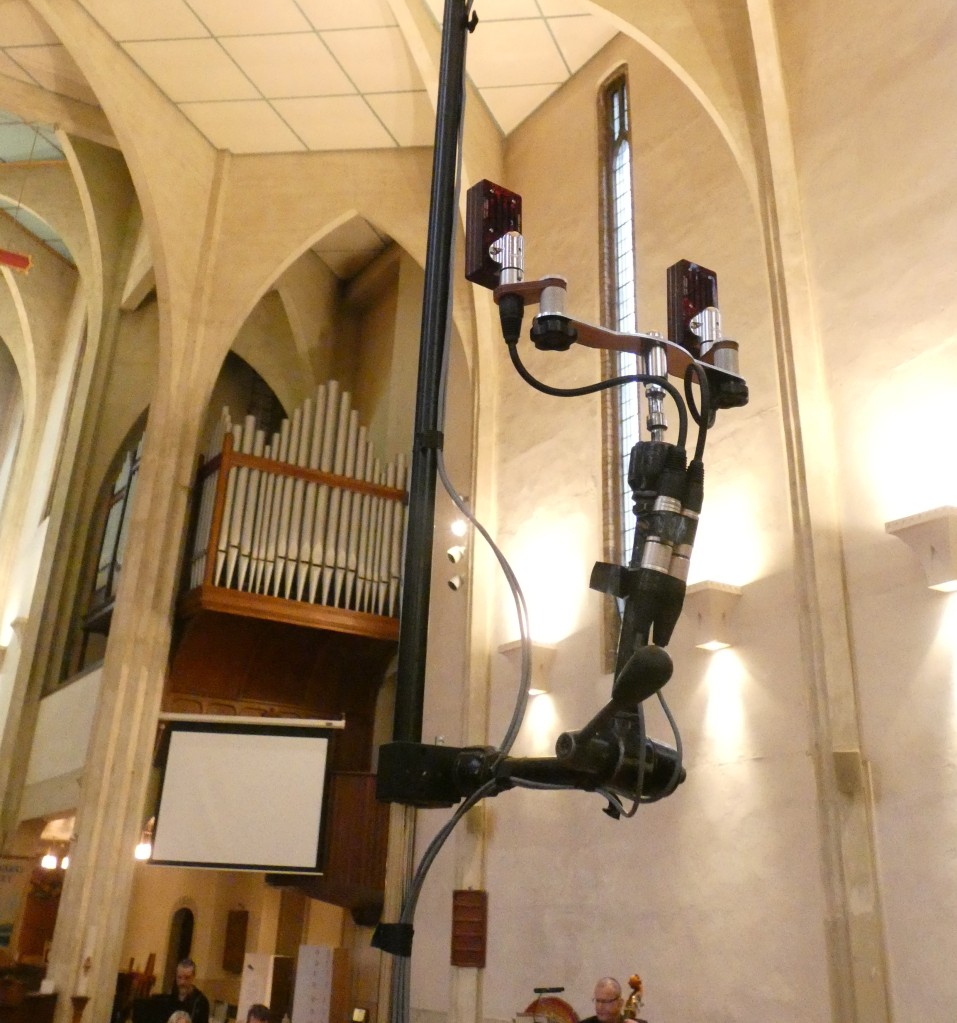
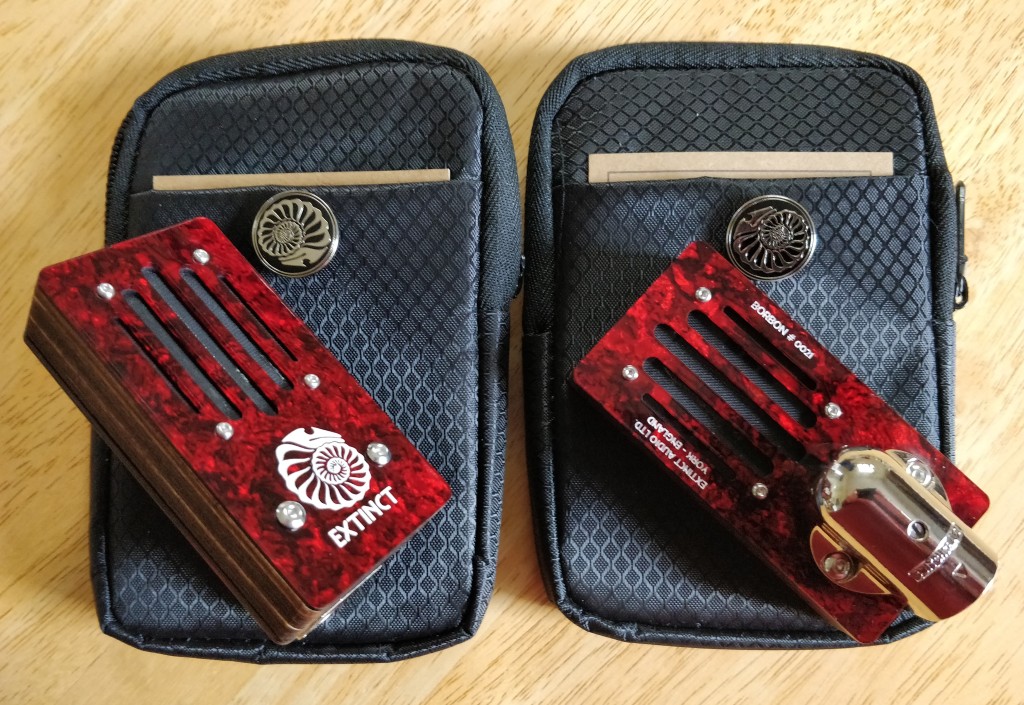
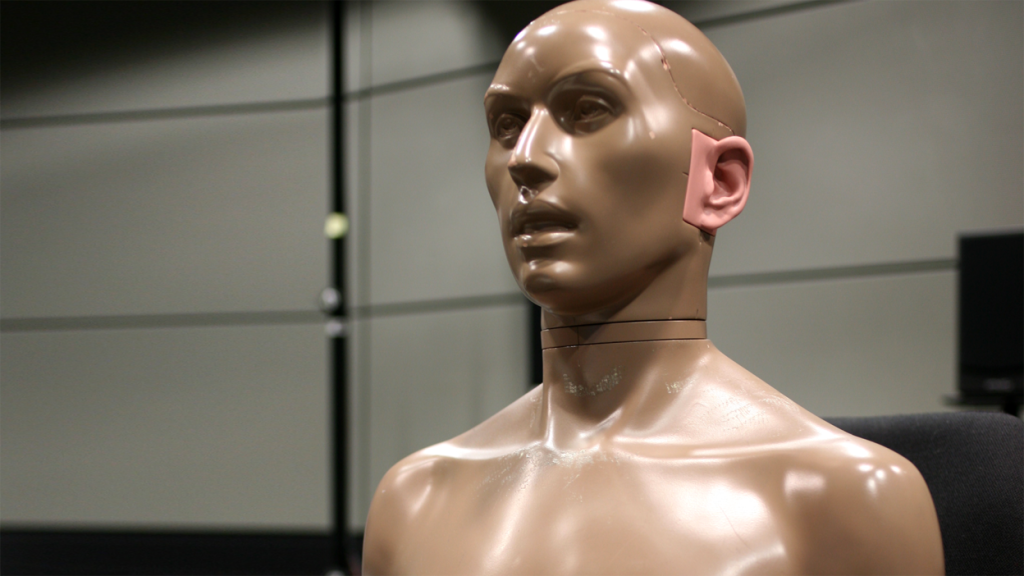
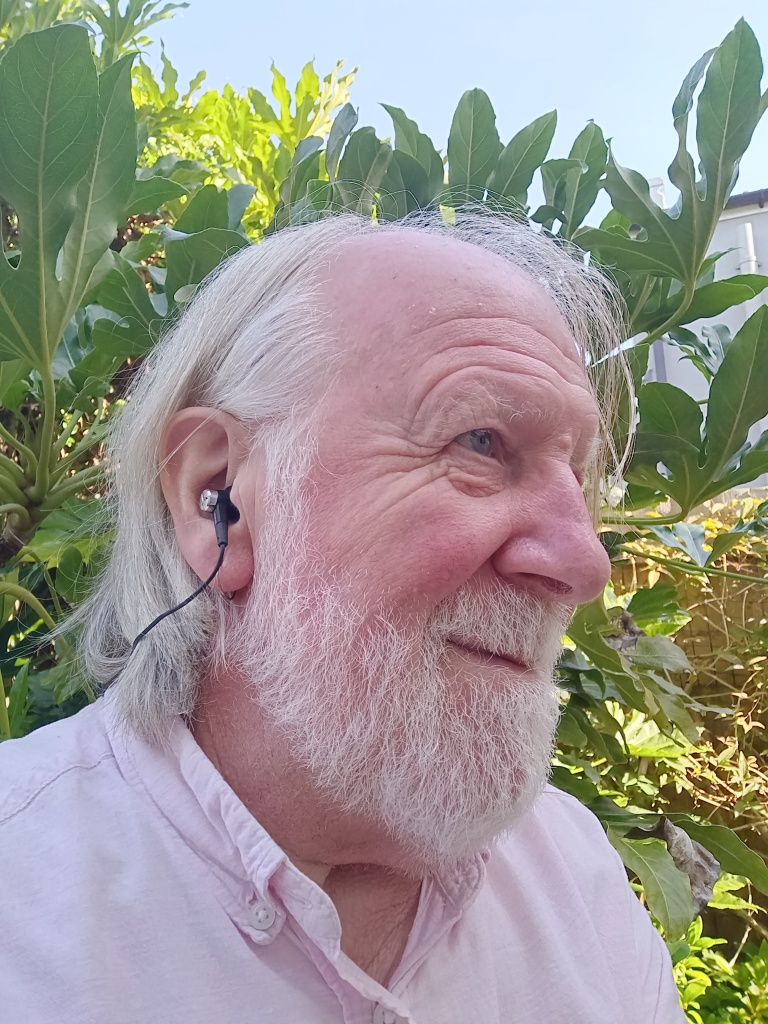


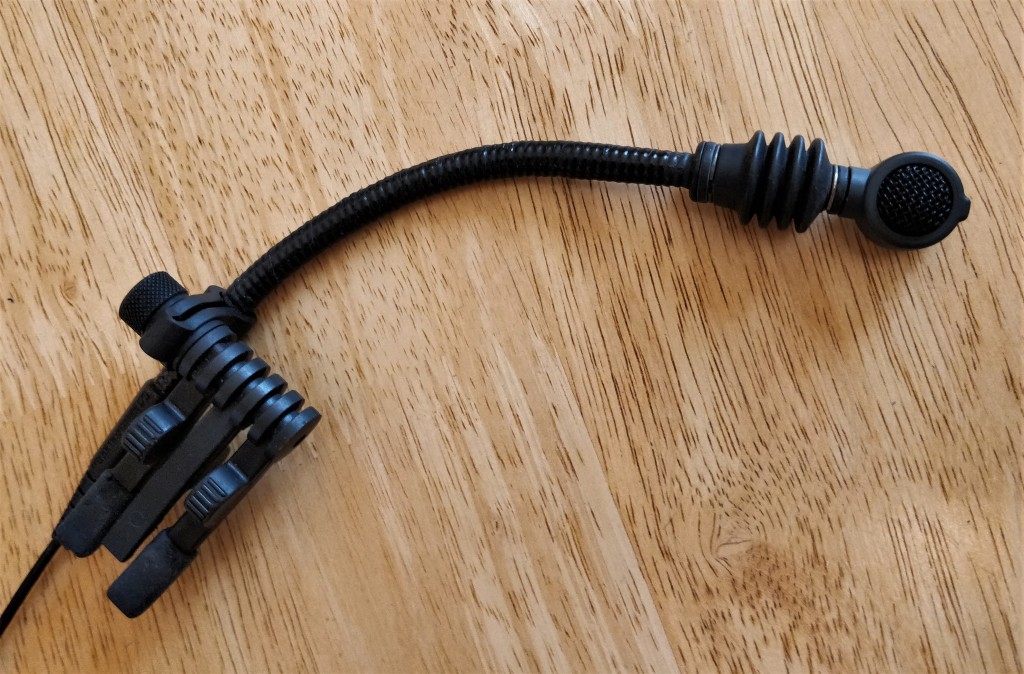
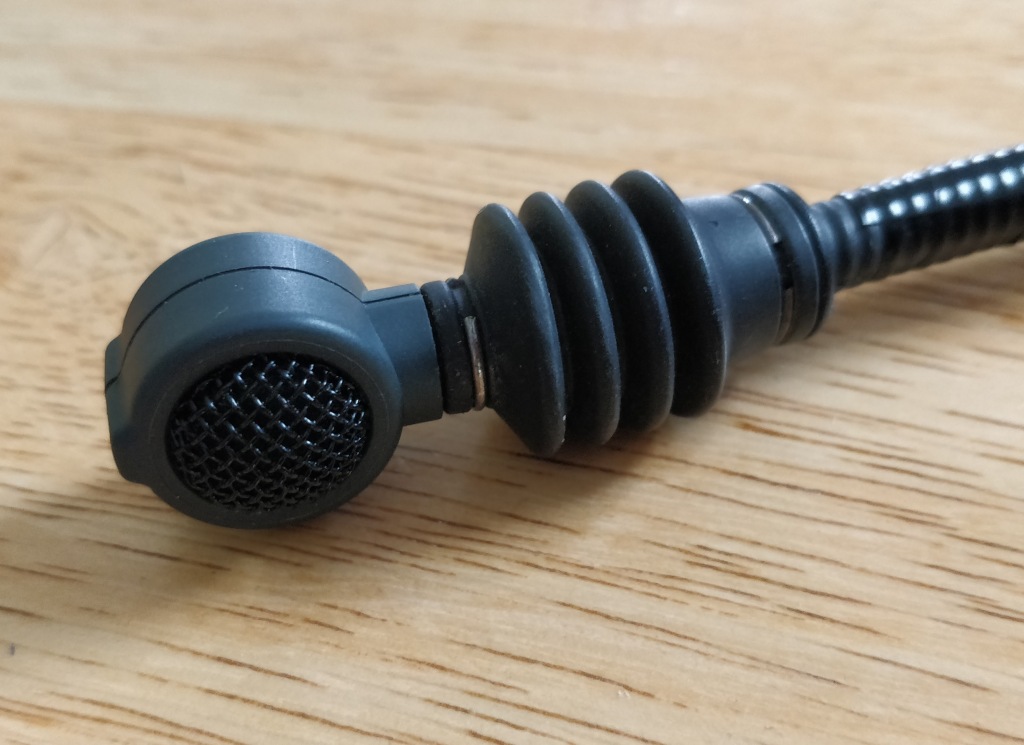
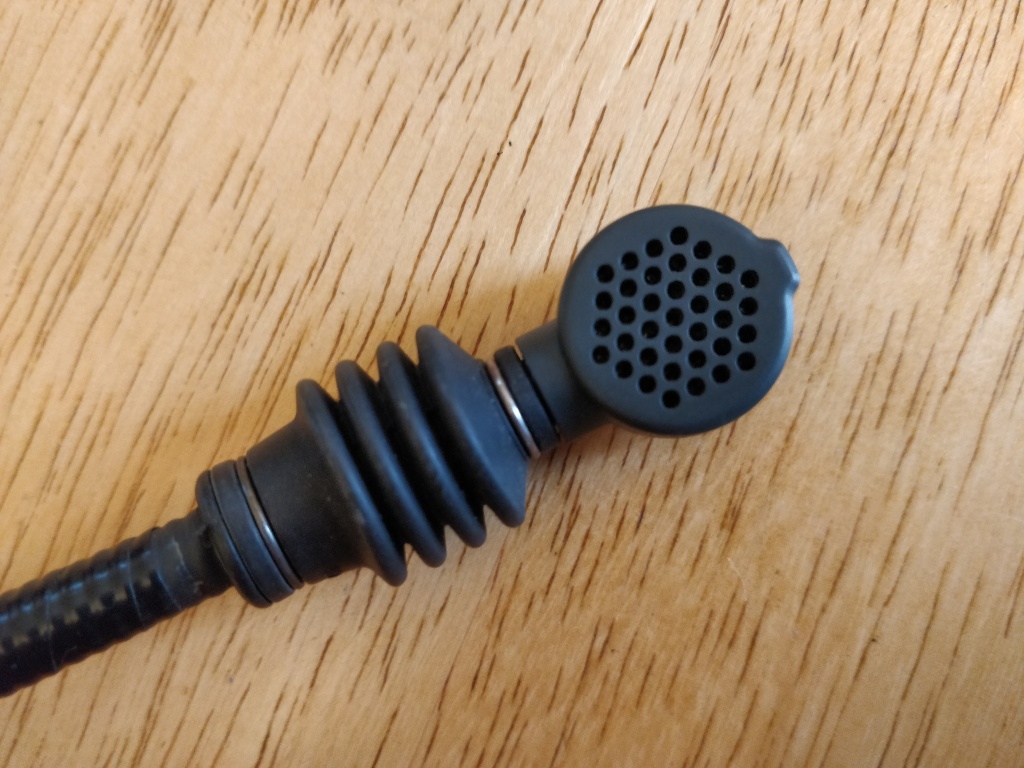
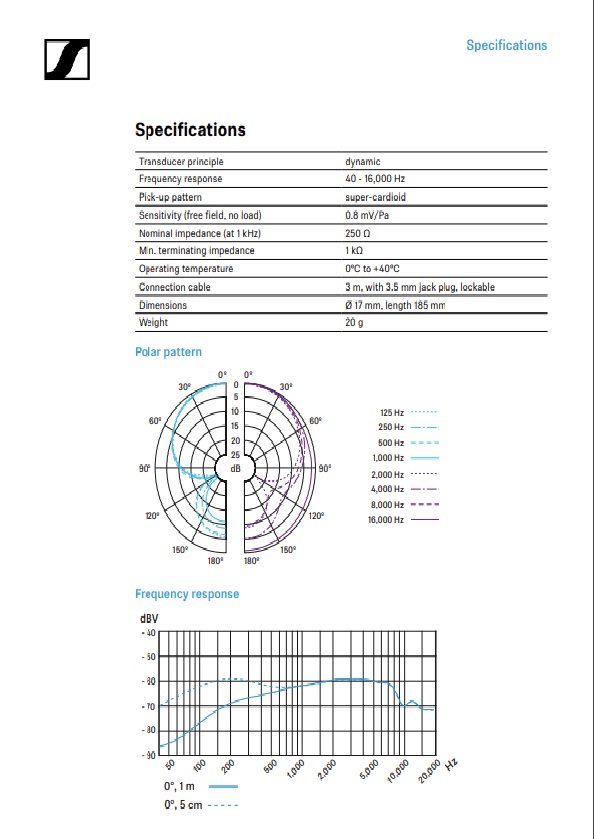
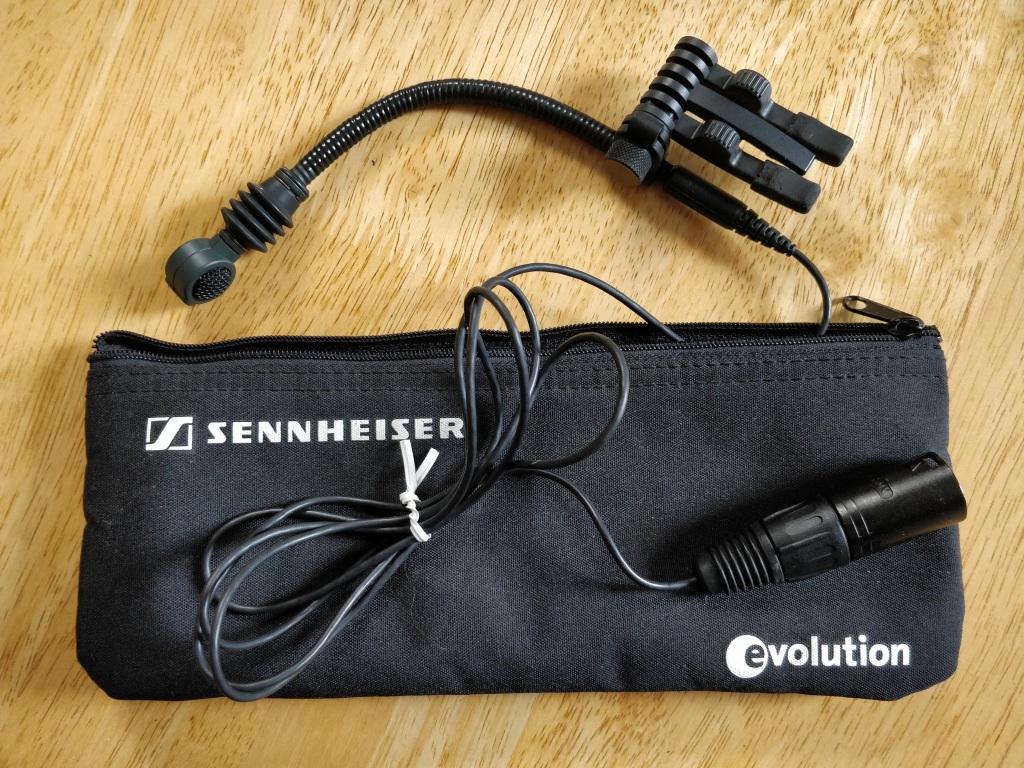
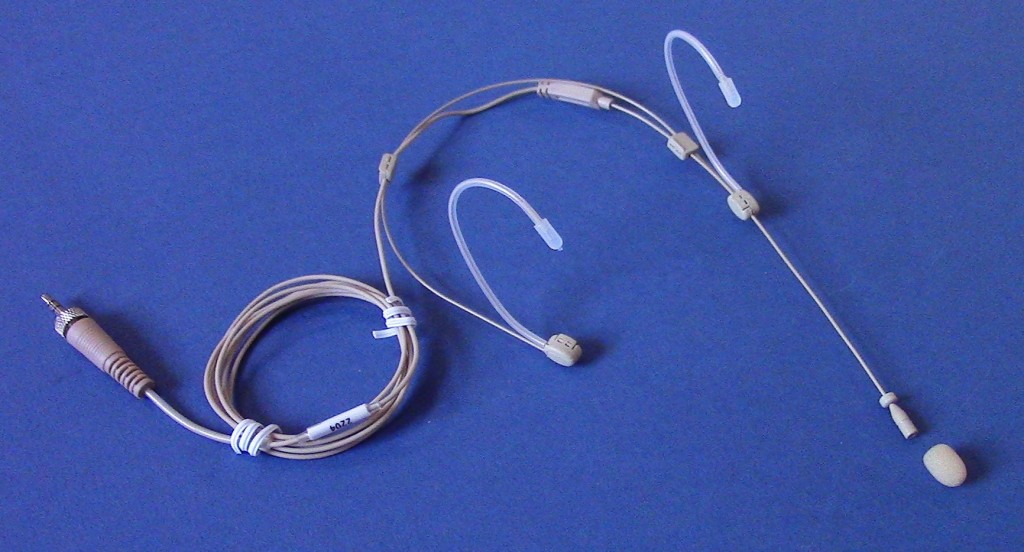
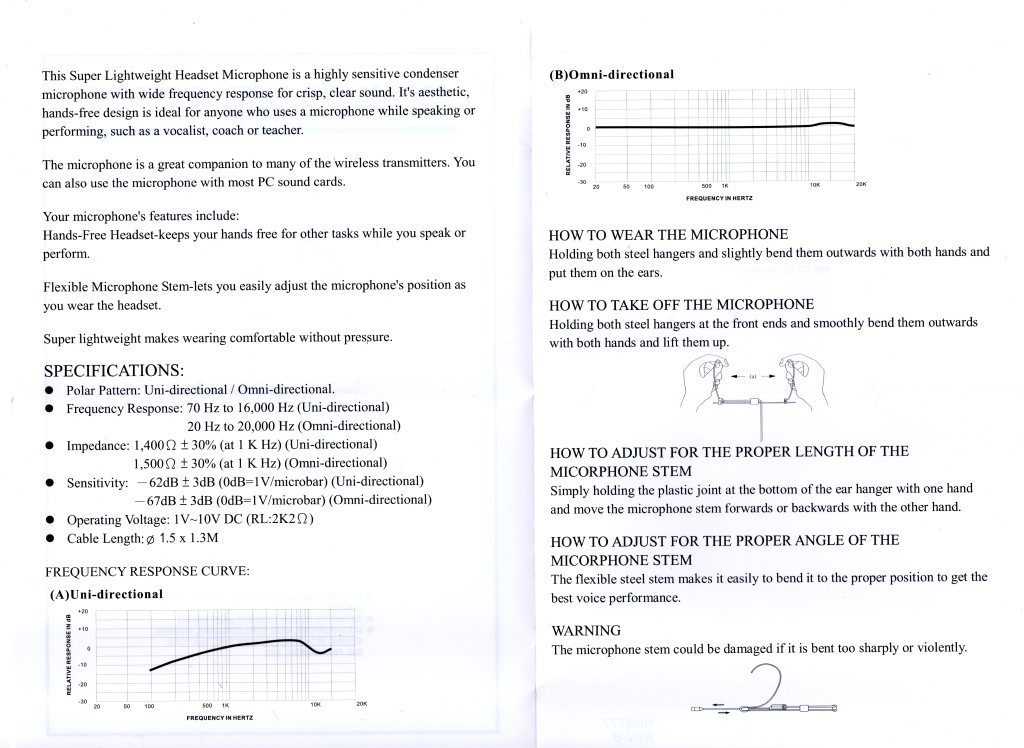
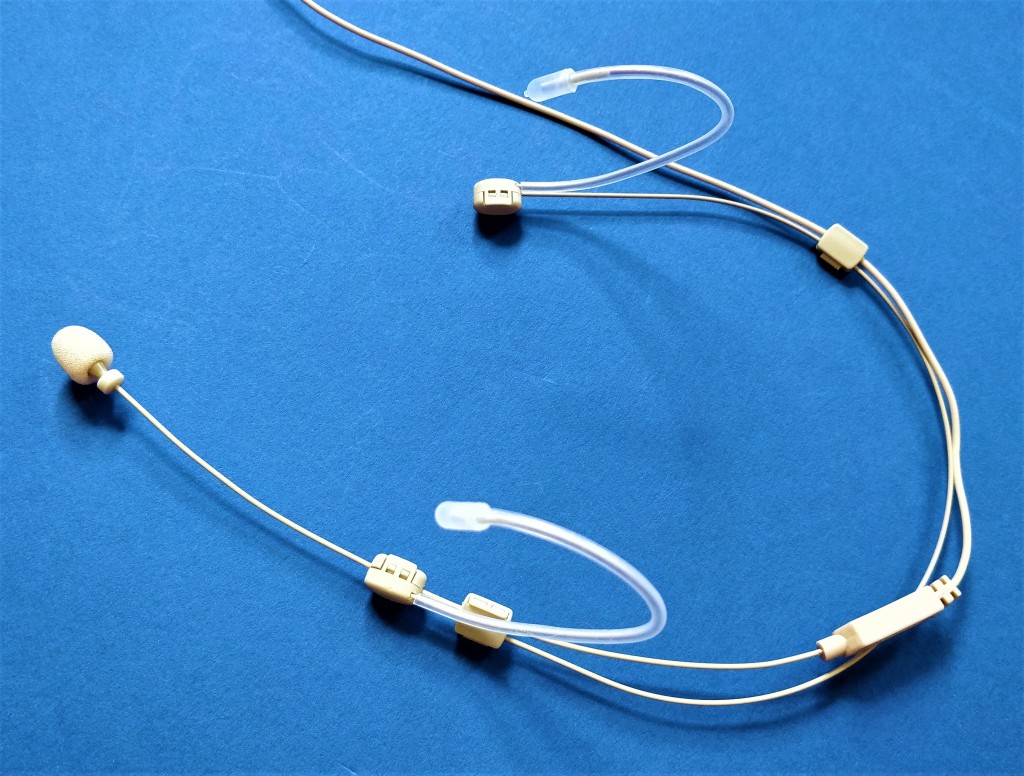

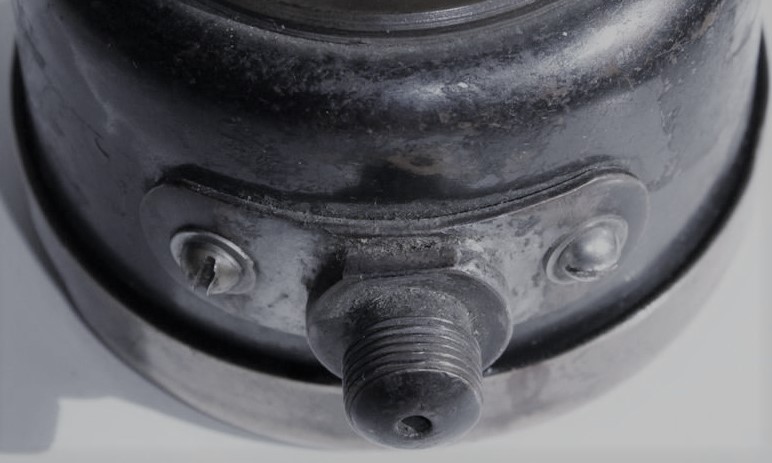

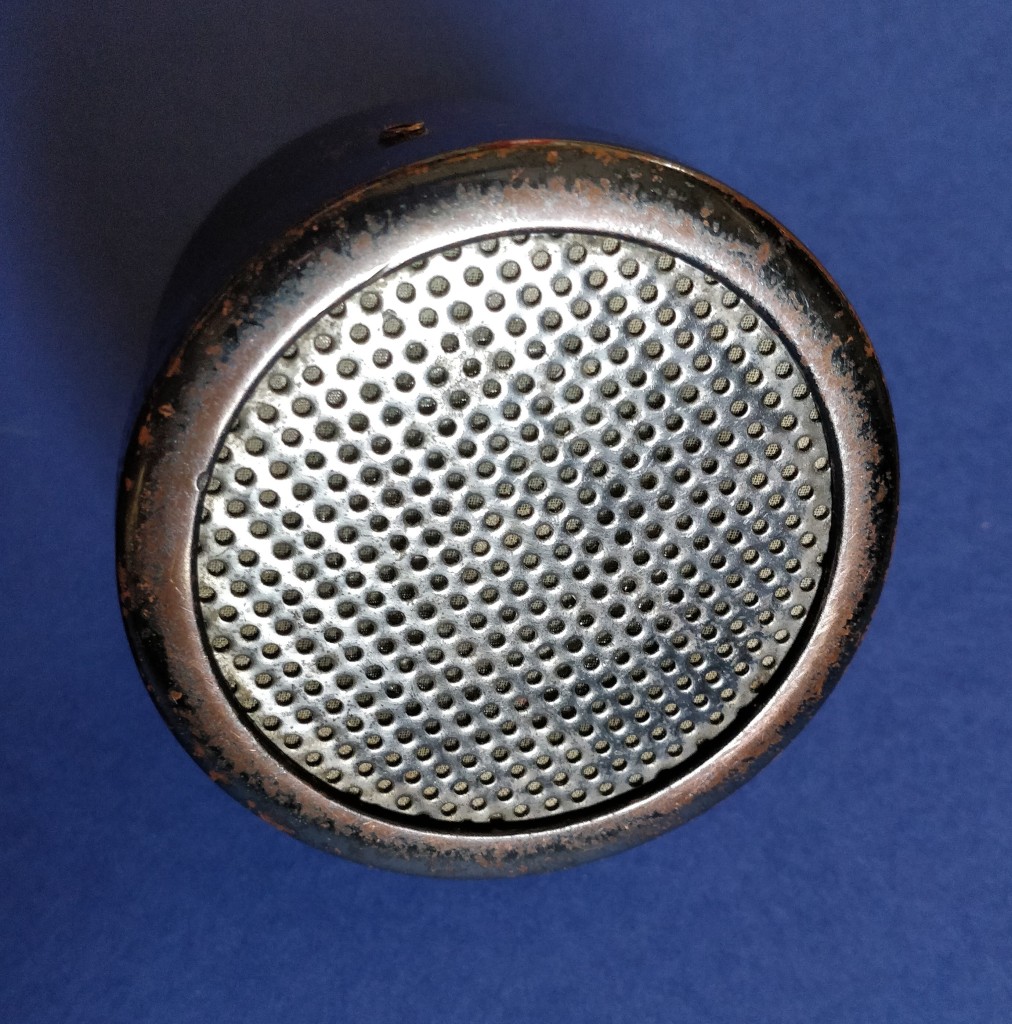
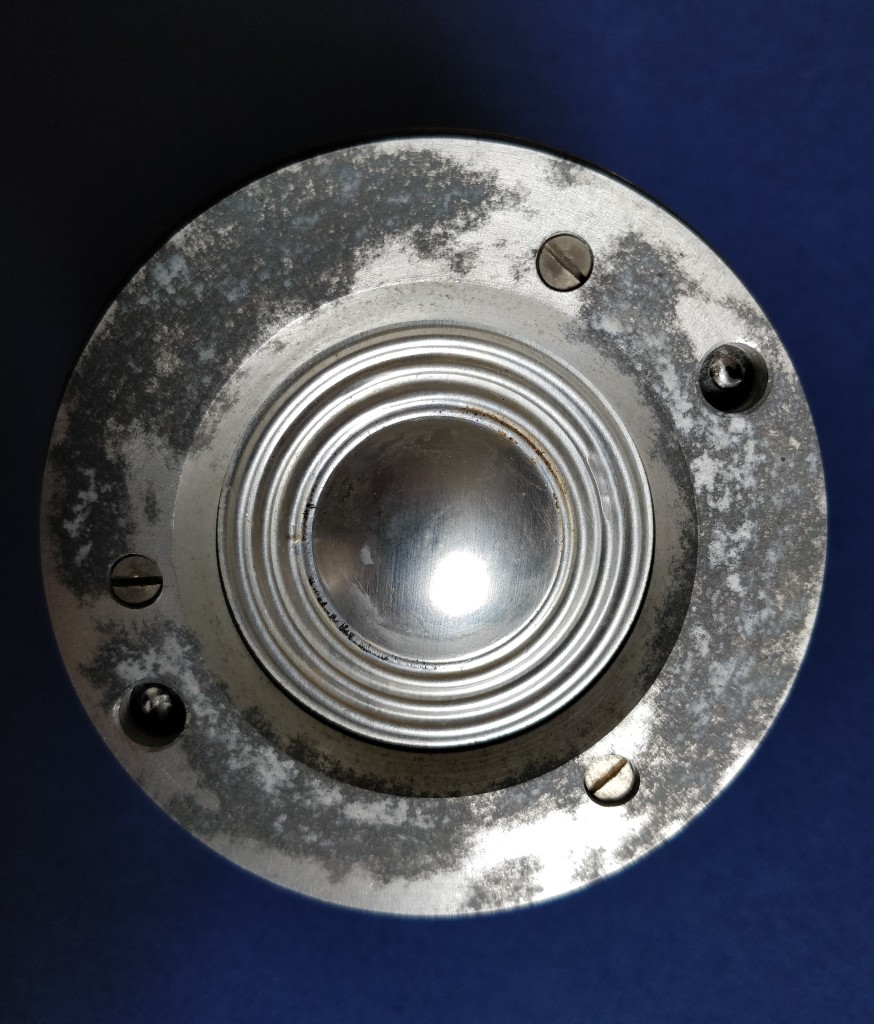
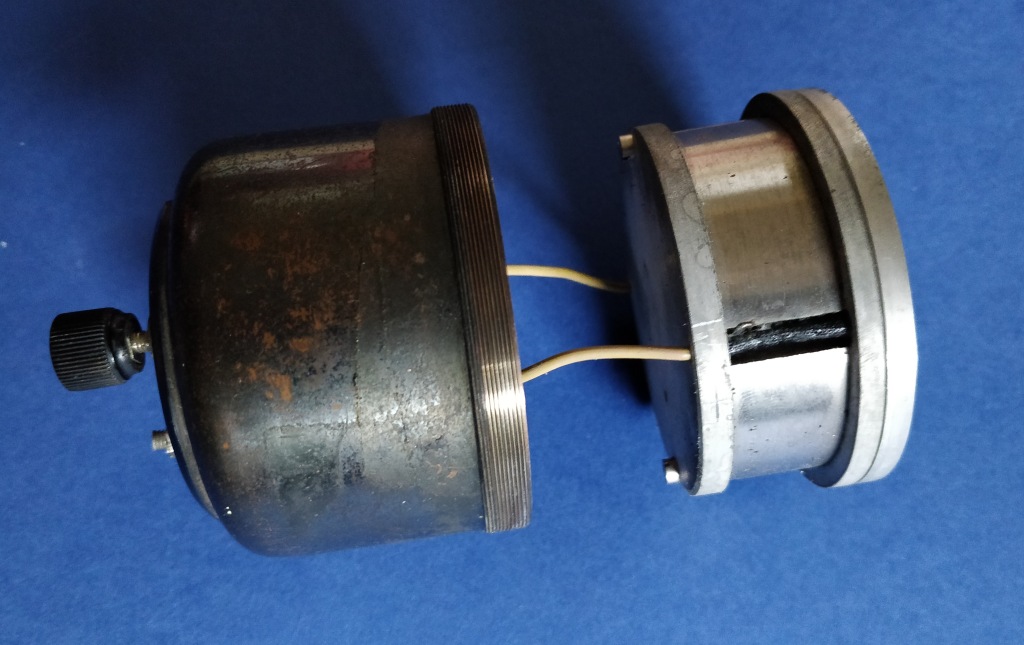
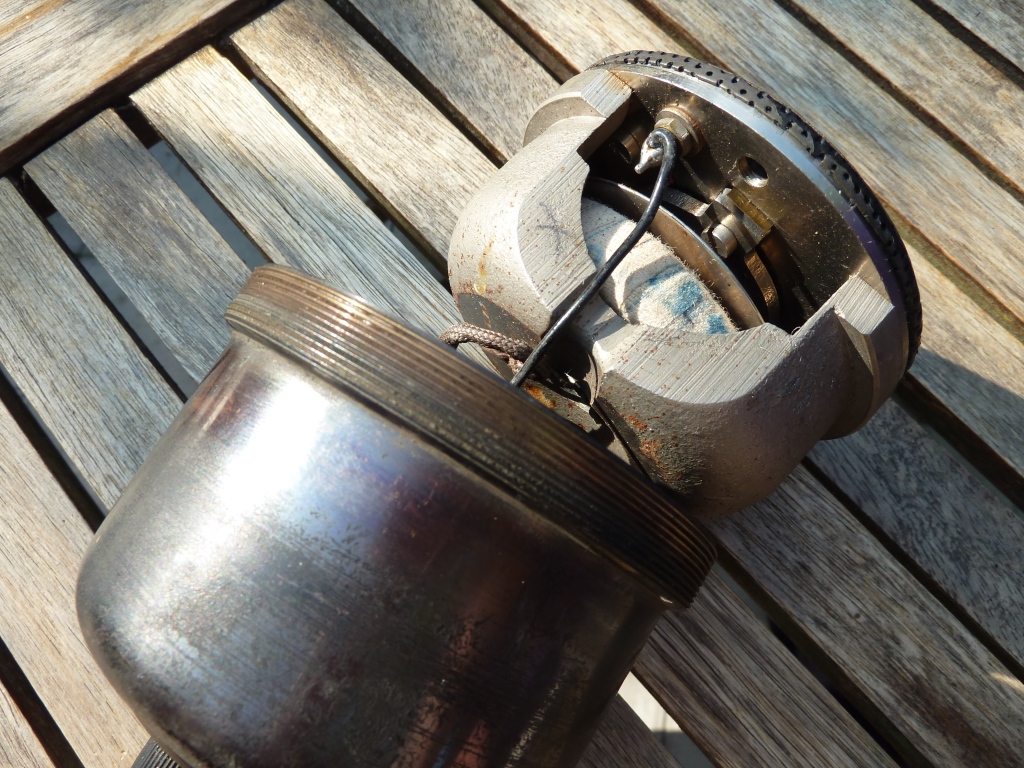
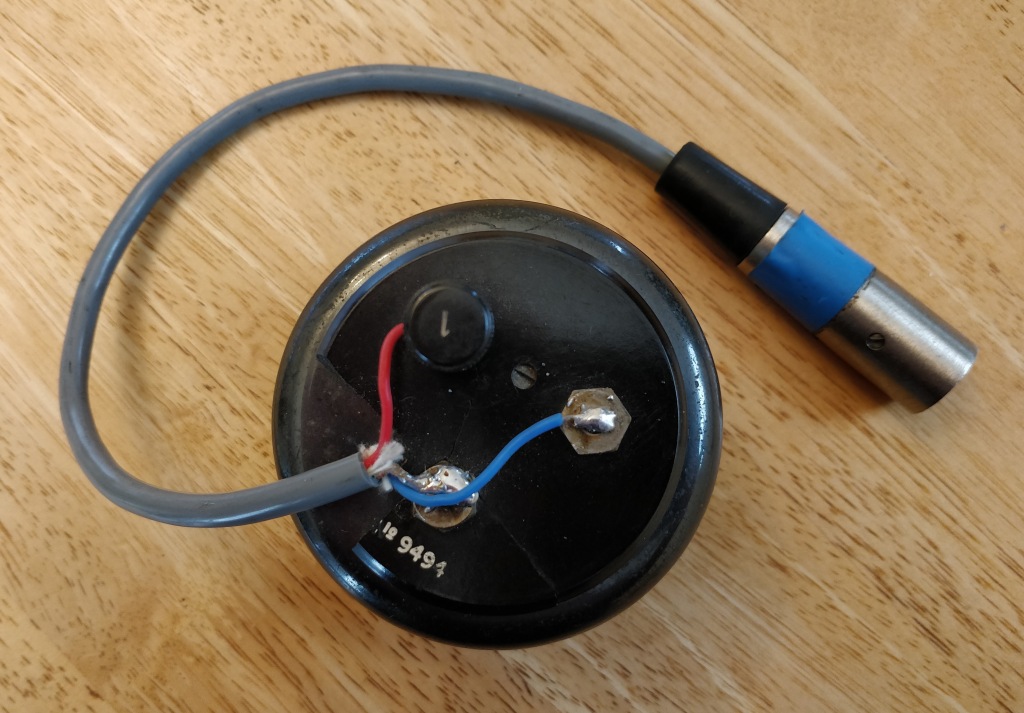

BBC L2 (STC4104 A) Lip Ribbon Microphone Circa 1955
When this BBC L2 (STC4104 A) first arrived, I thought that I might lavish some TLC on it’s battle-scarred wooden case to make it look a bit smarter. However, the more I look at it, the more I think that I shall leave it just as it is. This microphone has clearly been around the block a few times and has history. The two stickers on the lid are REPAIR and TESTED labels from the BBC Equipment Department in the mid 1980’s. By then it had already been in service for 30 years!
I always feel a bit sad when I see a vintage microphone advertised on a selling site as being “Unopened in original box”, or simply “NOS”. No history, just old. Certainly not the case for this BBC L2 (STC4104 A). Opening the lid of the box reveals a microphone which has had a lot of use!
Most high quality microphones spend their lives cosseted, and looked after by skilled engineers, in the well regulated environment of a recording or broadcasting studio. This BBC L2 lip ribbon microphone has spent its life on the road with journalists, commentators and broadcasting crew. What is really amazing is that it is still in great working condition, along with its original 3 position Equaliser.
The only down side to this piece of kit is that the microphone, equaliser, and case have a combined weight of 13lbs! Most of this is the equaliser. Later models dispensed with the EQ. Instead the MED BASS roll-off was built into the microphone. However, it is pretty clear from the big splodge of red paint, that even with this mic, MED BASS was the preferred setting.
History Lesson
The BBC designed the L2 in 1951 as an updated version of the L1 which had been in service since 1937. It arrived just in time to play a starring role in the televised Coronation of Elizabeth II, when it was used to capture the famous commentary by Richard Dimbleby in Westminster Abbey. Dimbleby was known as the “Voice of the Nation”, and so on this occasion the L2 was perhaps the “Ear of the Nation”, into which he delivered his stately measured tones. It was the first mass-televised event in Britain. Shops selling televisions ran out of stock as people bought them for the first time!
(Watch from 3.30m)
The BBC L2 (STC4104 A) also made it possible to clearly broadcast commentary from even the noisiest of environments.
This microphone has an extraordinary ability to cancel out and reject unwanted surrounding sounds. It is particularly insensitive at the sides of the mic in the dead zones of the ribbon.
Here is Kenneth Wolstenholme at the 1966 Football World Cup.
CLICK LINK below to hear the end of the match !
https://www.bbc.co.uk/sport/av/football/27005797
CLICK HERE to hear my STC4104 A in action!
CLICK HERE to hear the STC4104 A delivering a VOCAL. (Great new look for any singer!)
Technical Information
In previous posts I have occasionally (often) moaned about the difficulty of finding information about various vintage microphones. In the case of the L2 lip ribbon microphone, because it was designed by the BBC, there is a wealth of documentation available. Rather than writing a lengthy technical description myself, I would recommend reading the BBC Monograph which appears below. This explains the design and usage of this classic microphone in great detail.
P.S. Today a version of the BBC L2 (STC4104) lip ribbon microphone is still made by Coles and is widely used by journalists and commentators all over the world.
8 Comments
Posted in 1930s Microphone, 1940s Microphone, 1950's Microphone, 1960's Microphone, BBC Microphones, Commentators Microphone, Microphone Tech Specs, Microphone techniques Ancient & Modern, Noise- cancelling microphones, Ribbon Microphones, STC Microphones, STC4104 A, Uncategorized, Vintage Broadcasting, Vintage Brochures and Tech Specs, Vintage Microphones
Tagged 1950's Microphone, BBC Microphones, Equaliser for Lip Microphones 110-LTA-69A, Microphones for Television, STC Microphone, Vintage Microphone